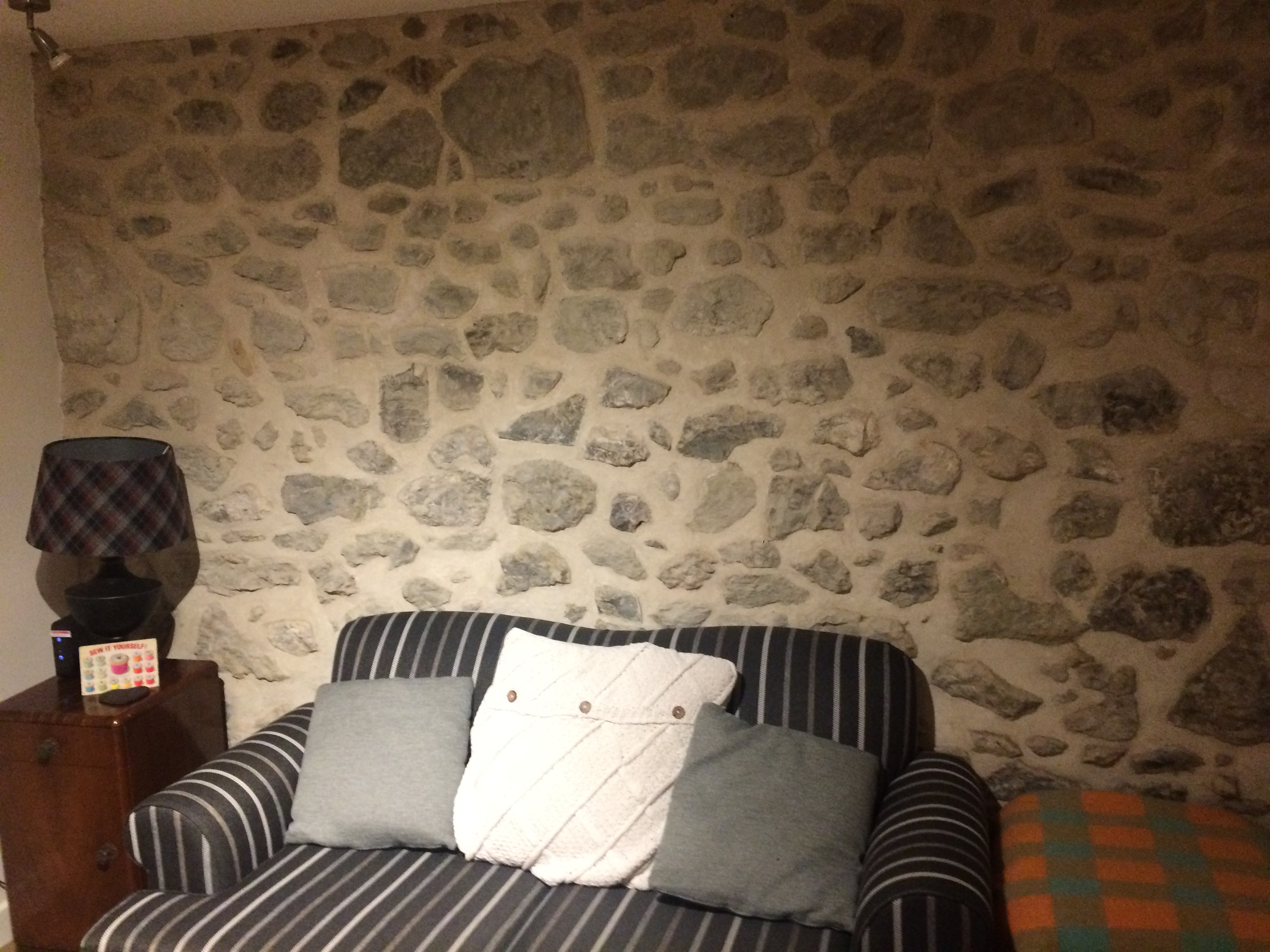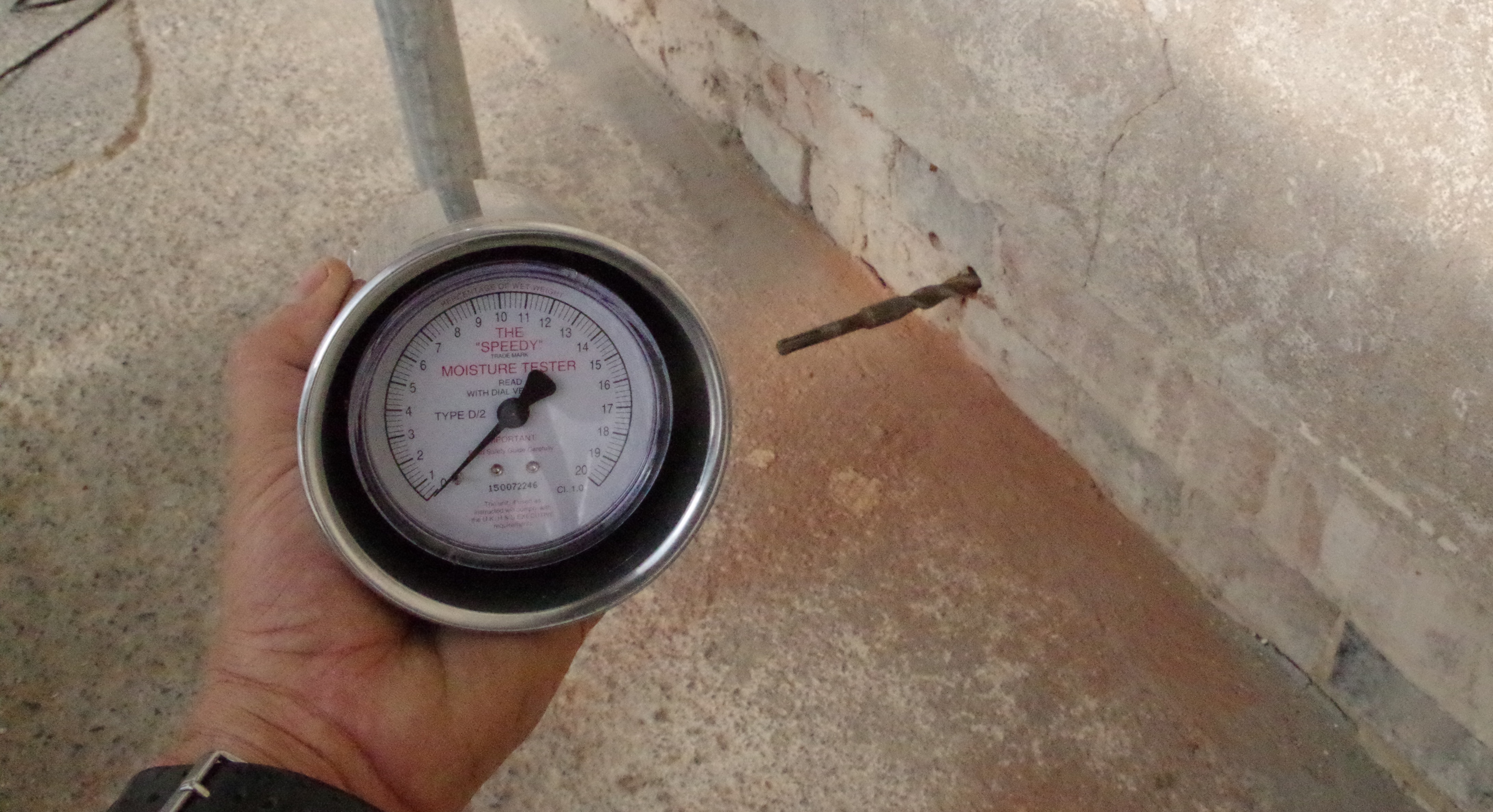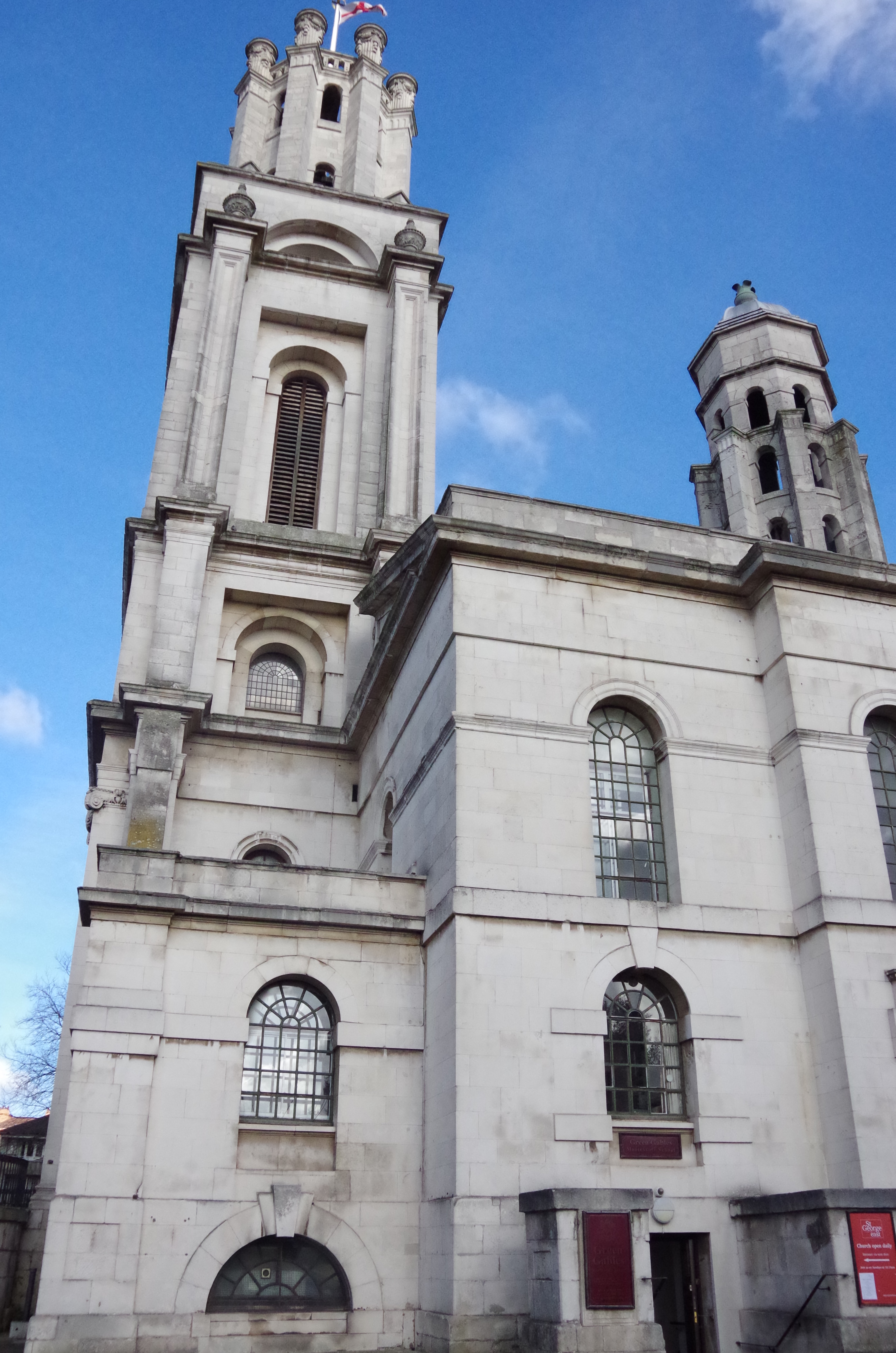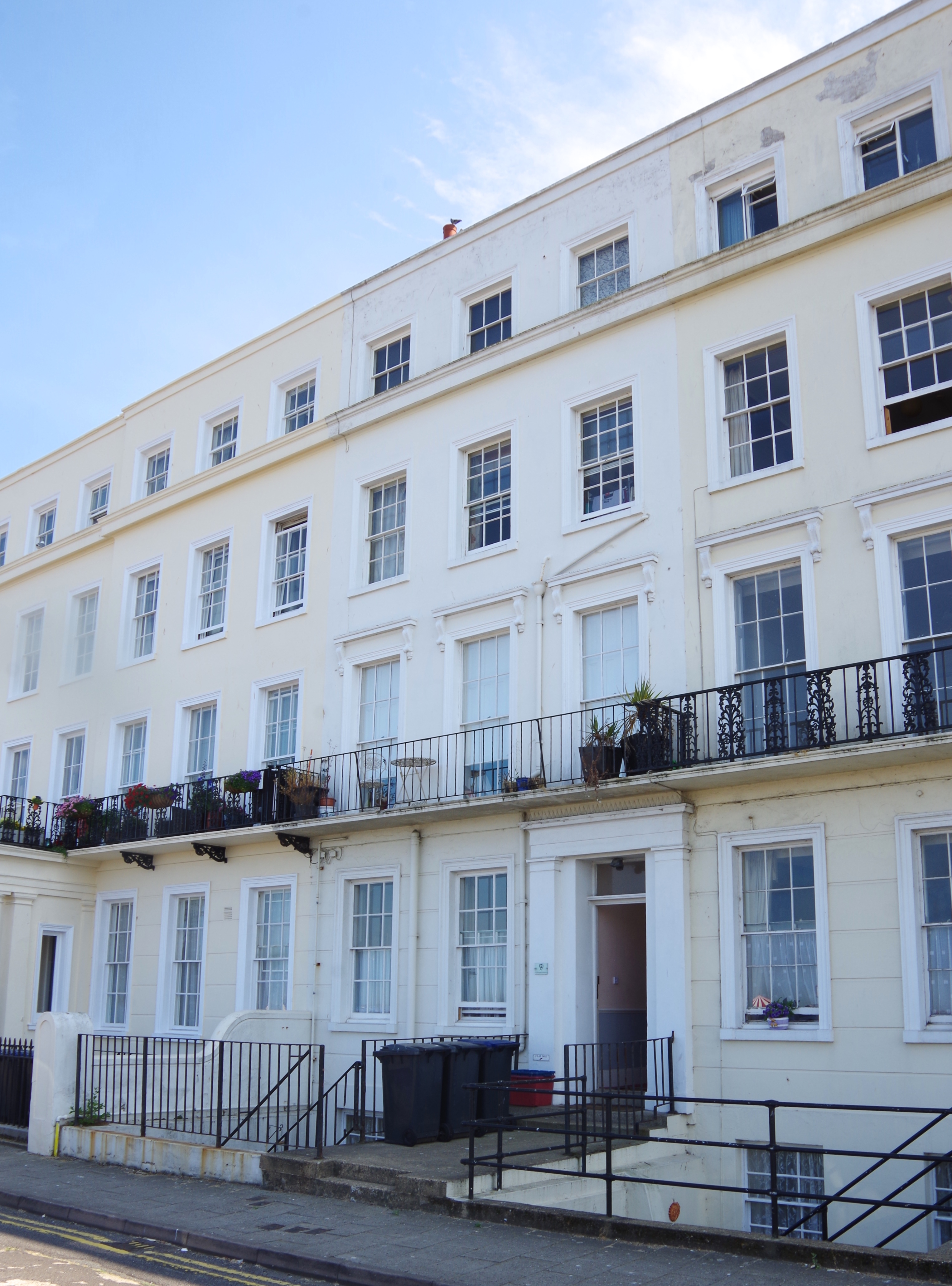Do you have a problem with damp in your building?
Our specialist damp and timber surveys are in depth studies of your buildings condition which provides detailed information on the way it was built, the materials that it was built with and any alterations from its original construct and design which maybe causing problems.
We are now offering a service aimed at landlords in the private sector.
We turn damp old buildings back into dry, warm healthy homes that are fit for modern living standards.
See what we can achieve and what one home owner has to say about the results;
Specialist Damp and Timber Surveys
Our Damp and Timber Surveys are holistic studies of your building and its defects, which provides us with the necessary information to recommend the appropriate action to remedying any damp issues. This type of study is know as building pathology.
Scope of the survey. During the survey, the building is assessed from the roof top down to the drains, inside and out, top to bottom.
Inside the building. The internal environment is assessed with a high quality laboratory calibrated thermo-hygrometer along with a thermal imaging camera and other standard surveying kit to help highlight potential damp issues.
Damp walls. The buildings masonry is tested for its moisture content by taking samples from deep within the walls and testing them with a Gas Carbide Meter; AKA the Speedy Moisture Tester. This is done to see if the walls are damp (or not).
Gas Carbide testing is the definitive onsite method for accurately measuring the Total Moisture Content in masonry. The Gas Carbide Meter is UKAS laboratory calibrated piece of equipment.
Note; you can not diagnose so called ‘rising damp’ by taking surface measurements on a wall, masonry samples must be taken first.This is very clearly explained in BS 6576:2005 – Code of practice for diagnosing rising damp in walls of buildings and installation of damp proof courses. For more detail see Measuring Damp;
The survey will investigate potential causes of dampness such as:
- Leaking roofs, gutters and down pipes
- Faulty drainage
- Lateral damp penetration associated with raised external ground levels
- Rainwater penetration through external walls
- Rainwater penetration at window frames and doors
- Surface and interstitial condensation
- Internal plumbing and services leaks
- Cement and plastic paint induced dampness
- Misdiagnosis of so called rising damp
Overall assessment
The fabric of the building is analysed and assessed for appropriate remedies; the remedies are usually straight forward enough and can be carried out without the use of specialist conservation contractors, by following our recommendations and guidance. We are more than happy to give guidance to builders and help them to ‘up-skill’ if they are not familiar with the use of lime mortars and linseed paints etc.
The survey, the report and report recommendations are in accordance with the British Standards and current UK building regulations relevant to old buildings.
We use and reference the following British Standards:
- BS 7913:2013 – Guide to the conservation of historic buildings
- BS 5250:2011 – Code of practice for control of condensation in buildings
- BS 6576:2005 – Code of practice for diagnosing rising damp in walls of buildings and installation of damp proof courses
Our reports will never recommend the insertion of chemicals in to a wall or the application of cement; both materials are inappropriate, unnecessary and cause irreversible damage to the walls they are applied to. So called ‘rising damp’ control systems serve only to mask problems.
Read what one of our clients has to say about our damp surveys:
If you would like a full damp survey that finds the causes of any damp issues with a professional report with recommendations that will remedy the problems, please feel free to contact us via our Contact Page;
For the service aimed at landlords in the private sector, please see article;
We have never seen a single case of genuine so called ‘rising damp‘. For more information see the synopsis of ‘The Rising Damp Myth’.
The myths associated with timber
There are also so many myths surrounding Dry Rot that English Heritage have dedicated a section in the Timber volume of their Practical Building Conservation series – DRY ROT ; MYTHOLOGY & REALITY.
There is a very basic fact ; dry timber is immune from all forms of timber decay. This simple statement is underpinned by Dr Brian Ridout’s English Heritage / Historic Scotland publication – Timber Decay in Buildings, The conservation approach to treatment. To see the forward and preface of the book see this link;Timber Decay in Buildings
Also see;
The SPAB have done a great job in updating their website and you will find informed articles about timber decay etc. there; here is an example-Timber-decaying fungi.
The IHBC and British Standard: 7913
The IHBC have written an article on how BS:7913 can counter a mortgage valuation when it insists that inappropriate ‘damp proofing’ works be carried out. For more information see; British Standards.
Our advice and recommendations will remedy any issues caused by dampness, including all forms of damp at the base of walls, condensation and black mould growth, fungal decay (wet and dry rot) and wood boring insect (woodworm) activity in the timbers of your building.
Our remedies are proven techniques that deal with the root cause of the problems associated with damp, they provide long term solutions by respecting the buildings original design principles and using building materials (lime mortars etc.) appropriate for repair work, which helps them breathe again.
We turn damp old buildings into dry, warm healthy homes that are fit for modern living standards.
Please note: this is a specialist, in-depth professional service, and we do not undertake pre-purchase damp surveys.
If you require a pre-purchase damp assessment, you may wish to contact our colleagues at Heritage Consulting, who do offer this service:
https://www.heritage-consulting.org/our-services/timber-and-damp-surveys/rics-pca-pre-purchase-damp-surveys/
Alternatively, any firm offering pre-purchase damp surveys must work in accordance with the Joint Position Statement – Investigation of Moisture and its Effects on Traditional Buildings: Principles and Competencies (JPS 2022).
This document was produced jointly by the RICS, Historic England, and the Property Care Association, with additional support from the SPAB and the IHBC.
The JPS establishes the shared principles and competencies required whenever moisture is investigated in a traditional building. It stresses the need for a whole-building approach, requiring the surveyor or contractor to:
-
identify the true source of moisture,
-
interpret evidence and data critically (rather than relying on readings in isolation), and
-
provide clear, informed, and accountable professional advice.
The JPS sets out a structured step-by-step methodology and reinforces the surveyor’s professional responsibility for the conclusions and guidance provided. It is also intended to inform professional standards, dispute resolution, and potential claims relating to damp investigations in traditional buildings (RICS, 2022).
You can read the Joint Position Statement here:
https://www.rics.org/profession-standards/rics-standards-and-guidance/sector-standards/building-surveying-standards/investigation-of-moisture-and-its-effect-on-traditional-building





